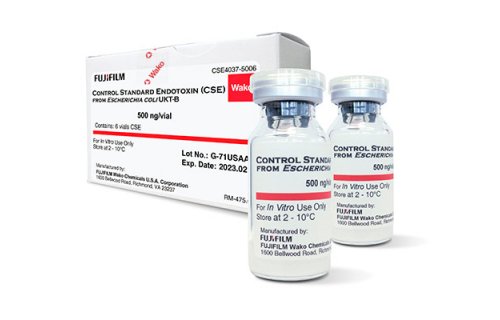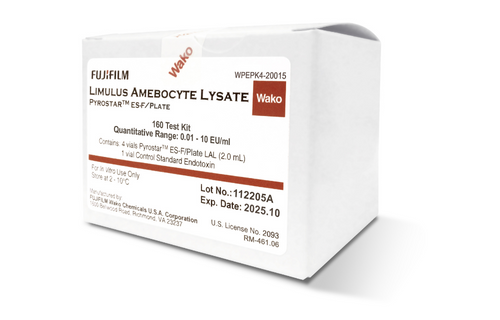Use of Colorimetric Method in LAL test
The colorimetric analysis methods allow, by measuring the absorbance variation of a sample at a certain wavelength, to calculate the concentration of analytes of interest. This detection method can be used in LAL test (Limulus amebocyte lysate) for endotoxins.
The LAL test is a well-known technique to researchers for determination of endotoxins from cell membrane of Gram-negative bacteria. This test was developed in the 1960s, when they took advantage of the fact that hemolymph of Limulus Polyphemus crab underwent a coagulation process in the presence of endotoxins to turn it into an analytical technique.
The enzymatic reactions cascade that occurs in Limulus amebocytes in bacterial endotoxins presence gives rise to coagulin formation, which causes turbidity appearance in the reaction medium. These same reactions break the peptide bonds that bind p-nitroaniline to a protein; hence, this dye can be used as a signal that defense reactions are occurring in amebocyte lysate. Free p-nitroaniline is yellow and allows the use of a chromogenic method for endotoxins detection. With the use of a spectrophotometer, the concentration of dye released during the enzymatic reactions induced by endotoxin is quantified.
You may also be interested: Use of Turbidimetric Method in LAL test
Optical analysis methods are simple and cheap, therefore, depending on sample characteristics, they are the method of choice for endotoxins quantification. To apply the chromogenic method in LAL test for bacterial endotoxin detection, analysis can be carried out by the chromogenic endpoint method or by the kinetic chromogenic method.
The kinetic chromogenic method is based on measuring the color of test sample at different time intervals after adding LAL reagent containing the colored substance. As an advantage of this method we have the one that it can be automated, saving time and allowing a greater number of measurements. As a disadvantage, it can not be applied when there are other molecules with color that can cause interference. The absorption band of p-nitroaniline is around 400 nm, a zone where they also absorb large number of chromophore groups.
On the other hand, the chromogenic endpoint method is based on sample absorbance measurement once the reaction is finished, which, according to the test kit, can be at the end of the incubation period or once the solution is acidified. Although the method is chromogenic and offers the same advantages as the kinetic one, it has the clear disadvantage that the result is taken only from one measurement and not from several ones as in the kinetic method. If the taken measurement has an error, there is no way to check it even by replicating the test (which leads to a greater expense of reagents); so there is a greater chance of getting false results. Due to this disadvantage, the chromogenic endpoint method is only used to perform qualitative tests or when, for interference reasons, it is necessary to form a derivative of the released p-nitroaniline once the reaction is completed. In this way, it is possible to perform measurements on samples containing dyes that interfere in the absorption zone of p-nitroaniline






